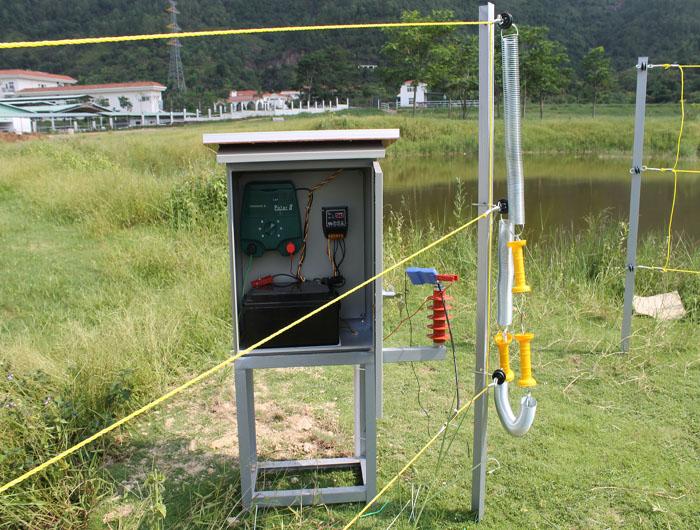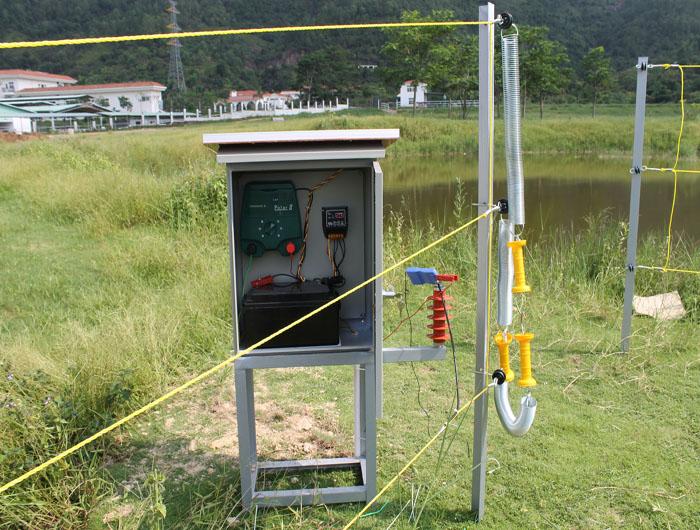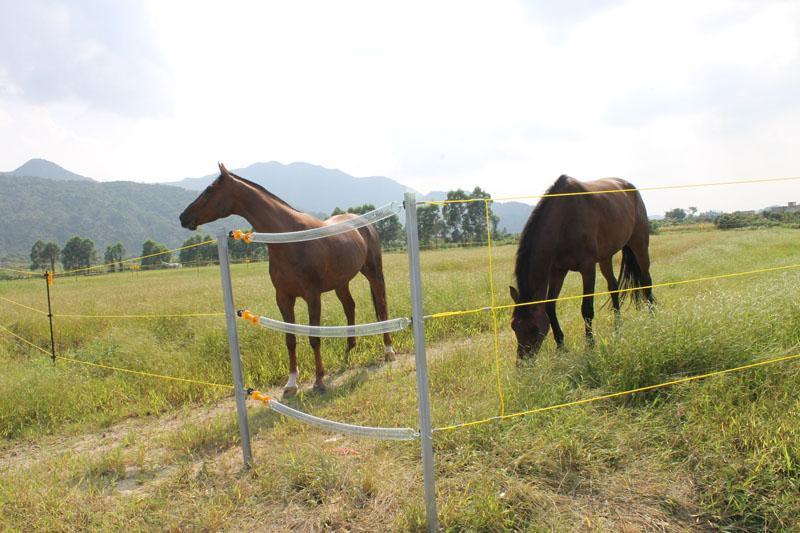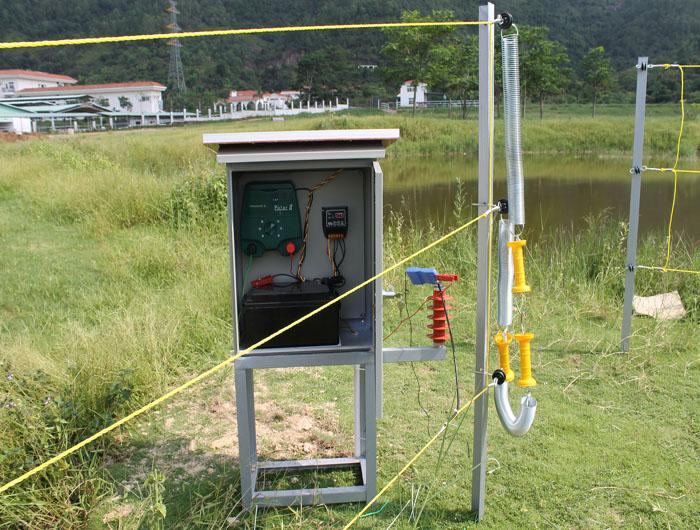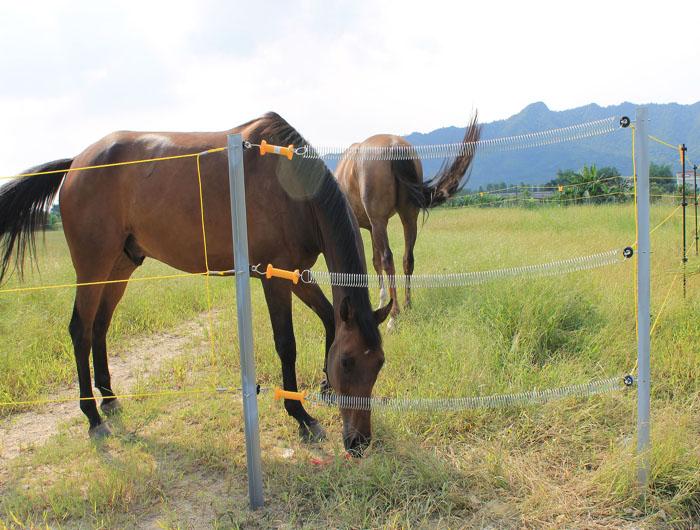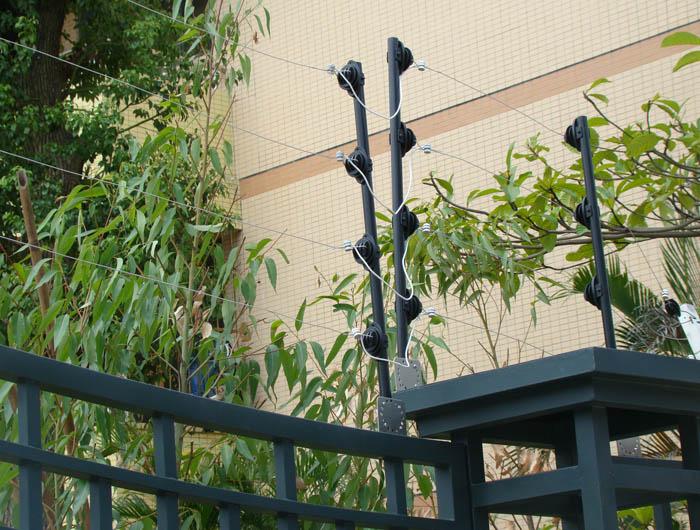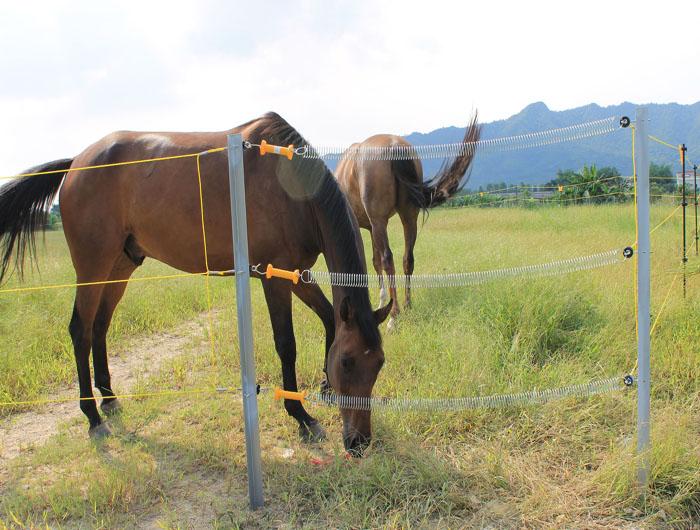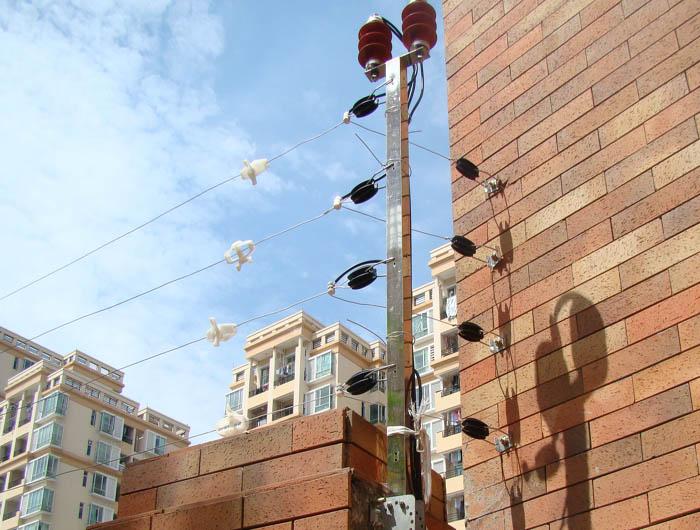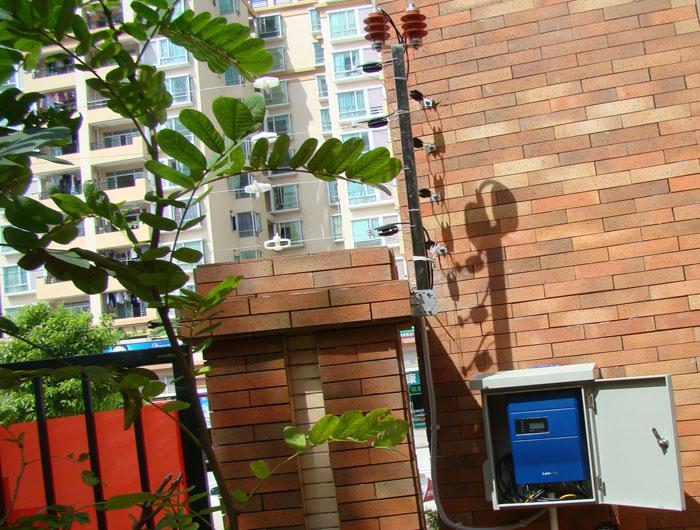When it comes to safeguarding your property, an
electric fence can be a powerful deterrent against intruders. Whether you’ve
had an electric fence installed for a while or have recently purchased a
property with an existing setup, it’s crucial to understand that these fences
require regular maintenance to ensure they function at their best. Here are the
basic DIY aspects of maintaining an electric fence and a few key things of
which you should be aware.
Before we
look at maintenance, let’s understand how an electric fence works. Essentially,
it’s a wire fence through which an electric pulse is passed. This pulse,
generated by an energiser, converts power from the mains or a battery into a
high voltage, low current electrical pulse. (Current is what kills, which is
why fences use a low current.) The energiser is connected to the fence and
grounded to complete the circuit.
Earthing is arguably the most important
component of an electric fence system and most issues with electric fences
arise from poor earthing. For the fence to work, the circuit must be completed:
when an intruder or animal touches the fence, the circuit is completed through
the ground via their body and flows back to the energiser through the earth. To
maintain proper earthing, ensure you have enough earth stakes buried in the
ground, especially in dry conditions where the grounding of the wires can be
weak.
“it never will rain roses. when we want to have more roses we must plant trees.”
— g. eliot

